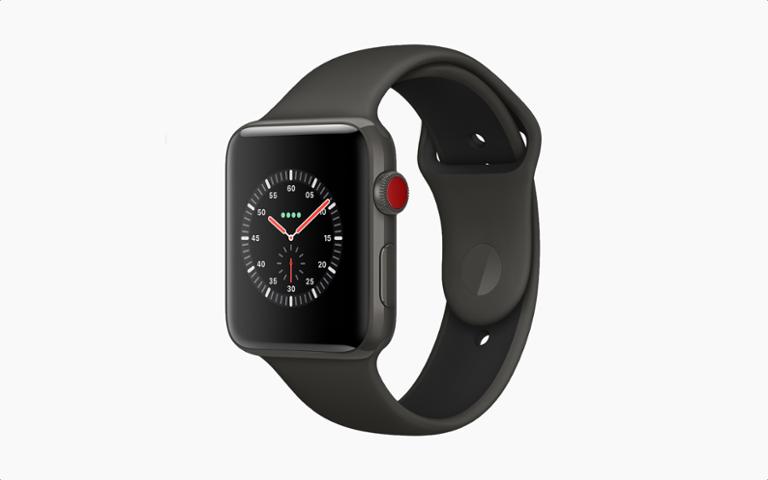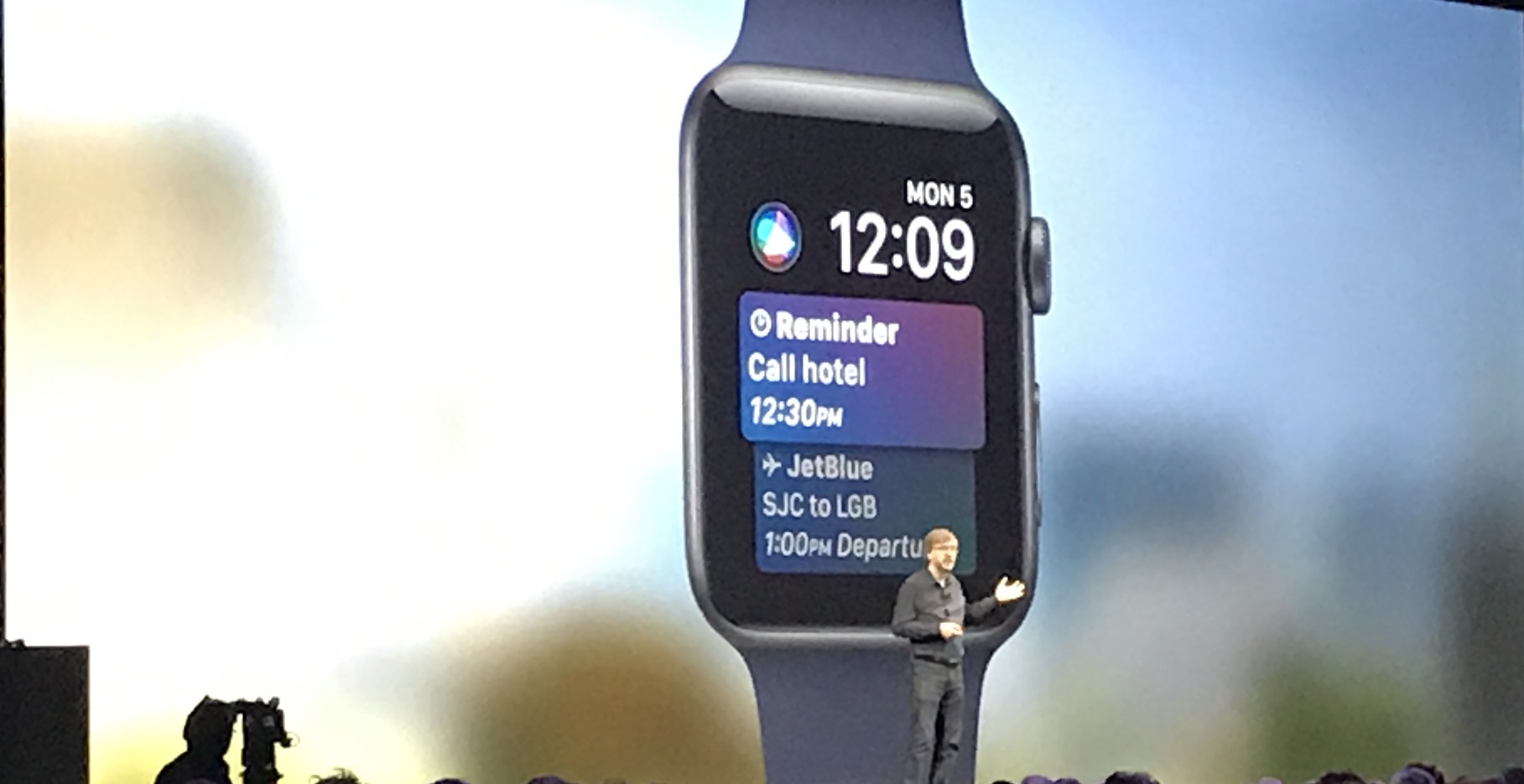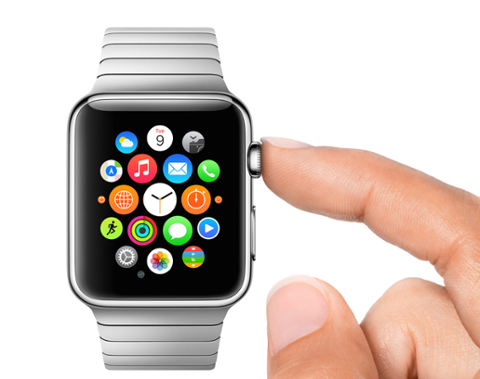
The Apple Watch (loaded with watchOS) represents the largest smartwatch platform available to tech pros, but an increasing number of large tech firms are moving away from it without explanation. Lyft is the latest app to distance itself from the Apple Watch. With its most recent update for iOS (one of those "nothing to see here, we’re just squashing bugs every two weeks" releases), the ride-sharing service totally cut its wrist-born app. There was no warning, and no mention of it in the release notes. Here one day, gone the next. Other large tech companies have done the same. Amazon, Google Maps, Twitter, eBay, Instagram – all have pulled their watchOS apps in the last few months. Some removals we understand; few people want social media on their wrist, and there was no purpose in shopping via eBay or Amazon on a watch. Lyft tells a MacRumors reader it is “testing the integration” for a new Apple Watch app, but offers no details or a timeframe for release. This also doesn’t address the core issue: why are these tech companies ditching the Apple Watch? When large firms start to distance themselves from a platform, that could be a sign that the platform is at risk of abandonment. But Apple has shown no signs of letting Apple Watch die an iPod-like death. Indeed, analysts claim Apple Watch adoption is actually pretty massive. [caption id="attachment_142118" align="aligncenter" width="1817"]  Is Siri the future for Apple Watch?[/caption] It’s entirely possible these firms jumped on the bandwagon too early and never got off until now. It’s just as plausible their active user numbers for the Apple Watch app were low, and retaining the apps was a form of technical debt. An outlier here is none of the aforementioned apps underwent a massive iOS app refresh, or significant changes to their services otherwise. None of the canceled apps focus on fitness, where Apple has increasingly focused its Watch strategy. With no obvious reason to pull their apps, these companies may be ahead of the next curve. In theory, Apple may be working with these companies on the Apple Watch's next iteration; those firms might be readying to launch all-new apps rather than spend resources updating their legacy versions. In March, iOS developer Marco Arment voiced concern about watchOS APIs and tooling, effectively accusing Apple of limiting developer access to its internal tools. At the time, Dice wrote: “At some point, we’d expect WatchKit ‘apps’ to simply become views for iOS apps. The Siri watch face is the first stab at this. Instead of a bunch of notifications and a clumsy screen for apps, Apple Watch should be a contextual frame of reference.” We added: "Native apps are where we started for watchOS, but they just might be a bad choice long-term. Building them is clearly wonky, and supporting them is similarly difficult. Many developers and businesses simply don’t see a reason to have them.” Our argument was (and is) that native Apple Watch apps provide a limited experience, which often isn’t good. Again, why would you want to adapt social media to a small screen on your wrist? Wouldn’t it be smarter to be notified of a post or mention, and trigger the watch to open the message or post on your phone? Perhaps the ‘views’ concept we expressed months ago is arriving at WWDC this year. It’s hard to know, because there have been few leaks and rumors this year, but we'll be there to see what may unfold.
Is Siri the future for Apple Watch?[/caption] It’s entirely possible these firms jumped on the bandwagon too early and never got off until now. It’s just as plausible their active user numbers for the Apple Watch app were low, and retaining the apps was a form of technical debt. An outlier here is none of the aforementioned apps underwent a massive iOS app refresh, or significant changes to their services otherwise. None of the canceled apps focus on fitness, where Apple has increasingly focused its Watch strategy. With no obvious reason to pull their apps, these companies may be ahead of the next curve. In theory, Apple may be working with these companies on the Apple Watch's next iteration; those firms might be readying to launch all-new apps rather than spend resources updating their legacy versions. In March, iOS developer Marco Arment voiced concern about watchOS APIs and tooling, effectively accusing Apple of limiting developer access to its internal tools. At the time, Dice wrote: “At some point, we’d expect WatchKit ‘apps’ to simply become views for iOS apps. The Siri watch face is the first stab at this. Instead of a bunch of notifications and a clumsy screen for apps, Apple Watch should be a contextual frame of reference.” We added: "Native apps are where we started for watchOS, but they just might be a bad choice long-term. Building them is clearly wonky, and supporting them is similarly difficult. Many developers and businesses simply don’t see a reason to have them.” Our argument was (and is) that native Apple Watch apps provide a limited experience, which often isn’t good. Again, why would you want to adapt social media to a small screen on your wrist? Wouldn’t it be smarter to be notified of a post or mention, and trigger the watch to open the message or post on your phone? Perhaps the ‘views’ concept we expressed months ago is arriving at WWDC this year. It’s hard to know, because there have been few leaks and rumors this year, but we'll be there to see what may unfold.
 Is Siri the future for Apple Watch?[/caption] It’s entirely possible these firms jumped on the bandwagon too early and never got off until now. It’s just as plausible their active user numbers for the Apple Watch app were low, and retaining the apps was a form of technical debt. An outlier here is none of the aforementioned apps underwent a massive iOS app refresh, or significant changes to their services otherwise. None of the canceled apps focus on fitness, where Apple has increasingly focused its Watch strategy. With no obvious reason to pull their apps, these companies may be ahead of the next curve. In theory, Apple may be working with these companies on the Apple Watch's next iteration; those firms might be readying to launch all-new apps rather than spend resources updating their legacy versions. In March, iOS developer Marco Arment voiced concern about watchOS APIs and tooling, effectively accusing Apple of limiting developer access to its internal tools. At the time, Dice wrote: “At some point, we’d expect WatchKit ‘apps’ to simply become views for iOS apps. The Siri watch face is the first stab at this. Instead of a bunch of notifications and a clumsy screen for apps, Apple Watch should be a contextual frame of reference.” We added: "Native apps are where we started for watchOS, but they just might be a bad choice long-term. Building them is clearly wonky, and supporting them is similarly difficult. Many developers and businesses simply don’t see a reason to have them.” Our argument was (and is) that native Apple Watch apps provide a limited experience, which often isn’t good. Again, why would you want to adapt social media to a small screen on your wrist? Wouldn’t it be smarter to be notified of a post or mention, and trigger the watch to open the message or post on your phone? Perhaps the ‘views’ concept we expressed months ago is arriving at WWDC this year. It’s hard to know, because there have been few leaks and rumors this year, but we'll be there to see what may unfold.
Is Siri the future for Apple Watch?[/caption] It’s entirely possible these firms jumped on the bandwagon too early and never got off until now. It’s just as plausible their active user numbers for the Apple Watch app were low, and retaining the apps was a form of technical debt. An outlier here is none of the aforementioned apps underwent a massive iOS app refresh, or significant changes to their services otherwise. None of the canceled apps focus on fitness, where Apple has increasingly focused its Watch strategy. With no obvious reason to pull their apps, these companies may be ahead of the next curve. In theory, Apple may be working with these companies on the Apple Watch's next iteration; those firms might be readying to launch all-new apps rather than spend resources updating their legacy versions. In March, iOS developer Marco Arment voiced concern about watchOS APIs and tooling, effectively accusing Apple of limiting developer access to its internal tools. At the time, Dice wrote: “At some point, we’d expect WatchKit ‘apps’ to simply become views for iOS apps. The Siri watch face is the first stab at this. Instead of a bunch of notifications and a clumsy screen for apps, Apple Watch should be a contextual frame of reference.” We added: "Native apps are where we started for watchOS, but they just might be a bad choice long-term. Building them is clearly wonky, and supporting them is similarly difficult. Many developers and businesses simply don’t see a reason to have them.” Our argument was (and is) that native Apple Watch apps provide a limited experience, which often isn’t good. Again, why would you want to adapt social media to a small screen on your wrist? Wouldn’t it be smarter to be notified of a post or mention, and trigger the watch to open the message or post on your phone? Perhaps the ‘views’ concept we expressed months ago is arriving at WWDC this year. It’s hard to know, because there have been few leaks and rumors this year, but we'll be there to see what may unfold. 
